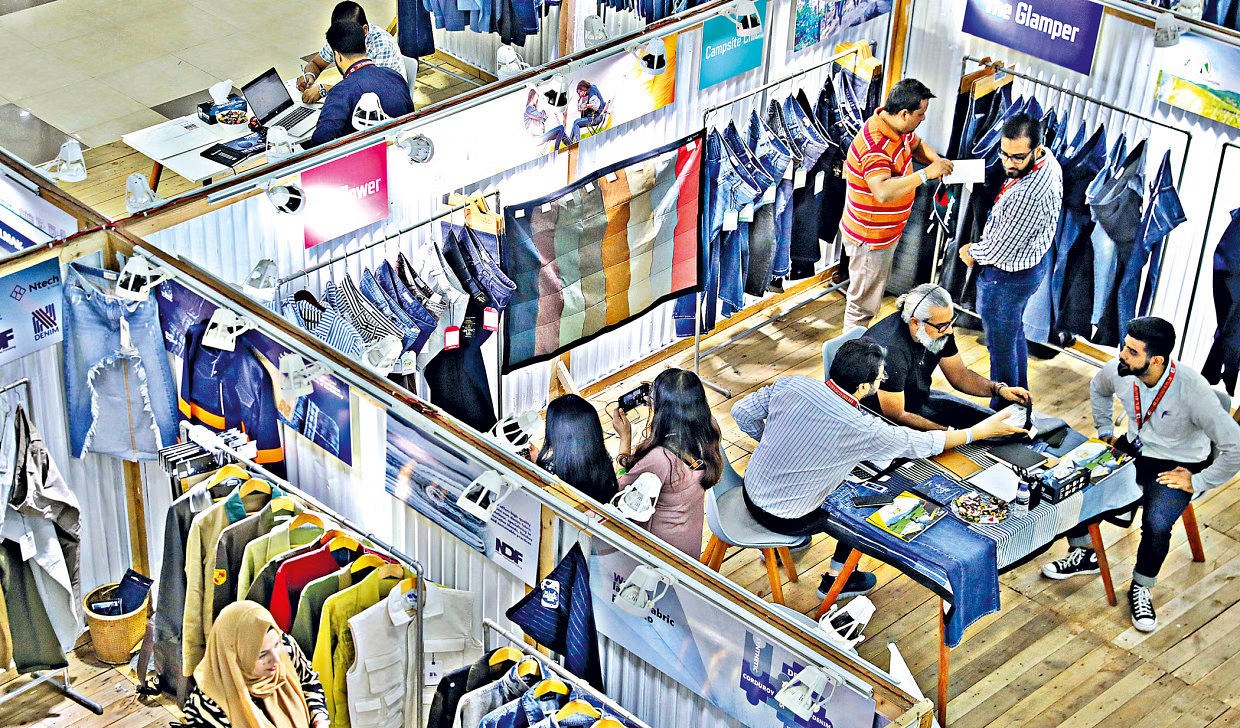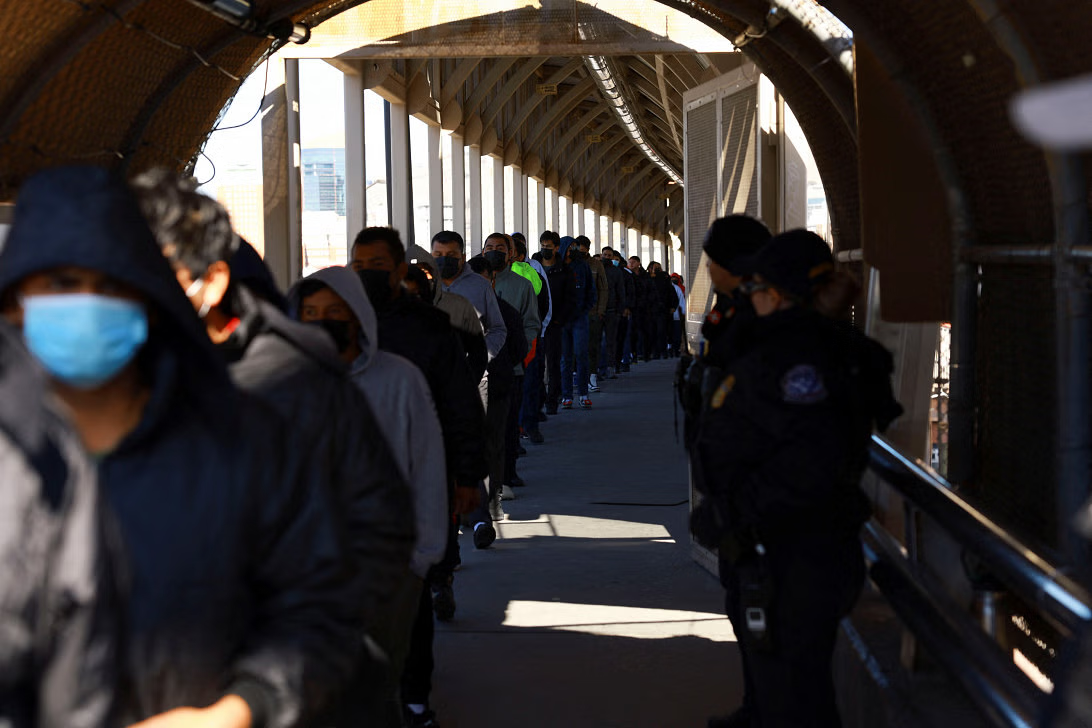
Bangladesh is likely to face more hurdles in the race to grab a bigger share of the global apparel market as the Indian government plans to step up its financial assistance to garment exporters.
The Indian government’s confidence that it could capture a bigger slice of the $800 billion global market was renewed when it noticed that some work orders had been shifted away from Bangladesh and arrived at its doors last year.
A few international clothing retailers and brands opted to shift work orders away from Bangladesh as local exporters were facing challenges in timely production, shipment, raw material imports and transportation owing to political turmoil as a result of the student-led mass uprising in July.
The impasse, which began in July and ended with the ouster of the Sheikh Hasina-led Awami League government on August 5 last year, left exporters with their hands tied.
A brief period of instability in the immediate aftermath, which featured spates of labour unrest and closure of a significant number of factories for two to three months, only added to those woes.
A crippling energy crisis, which has prevailed over the last two years, also left many big units operating below capacity.
Moreover, the timing of the “July Revolution” could not have been worse for the garments sector.
July, August, September and October, also represent the peak time for both production and shipment of goods meant for Christmas sales in the Western market, the most important sales season.
This meant local exporters faced tremendous pressure to transport and ship goods. Those who could decide to opt for the expensive route of air shipments, if only to meet deadlines.
Data shows that Bangladesh’s exports to major markets are declining as retailers and brands seek alternative destinations while apparel shipments from India, especially to European countries and the US, have been on an upward trend.
Bangladesh’s garment exports to the US fell 0.46 percent to $6.7 billion between January and November last year while India’s rose 4.25 percent to $4.4 billion, data from the US Office of Textiles and Apparel showed.
On a brighter note, local exporters say that work orders that had shifted away from Bangladesh to other countries, especially to India, are now coming back as normalcy has started to restore in industrial hubs and the law and order is gradually improving.
However, the Indian government, which has been providing plenty of financial incentives to its apparel sector for a long time, is keen to capitalise on the opportunity.
Currently, there are some major government schemes to improve the Indian textile sector, which employs an estimated 45 million people. These include various funds, including those for technology upgradation, skills development, capacity building, and infrastructure and power development. Alongside that, there are production incentives and facilities that provide remission of duties.
Yet, Mithileshwar Thakur, secretary general of India’s Apparel Export Promotion Council, told Reuters last week that exporters were finding it difficult to meet the rush of orders in the last few months.

